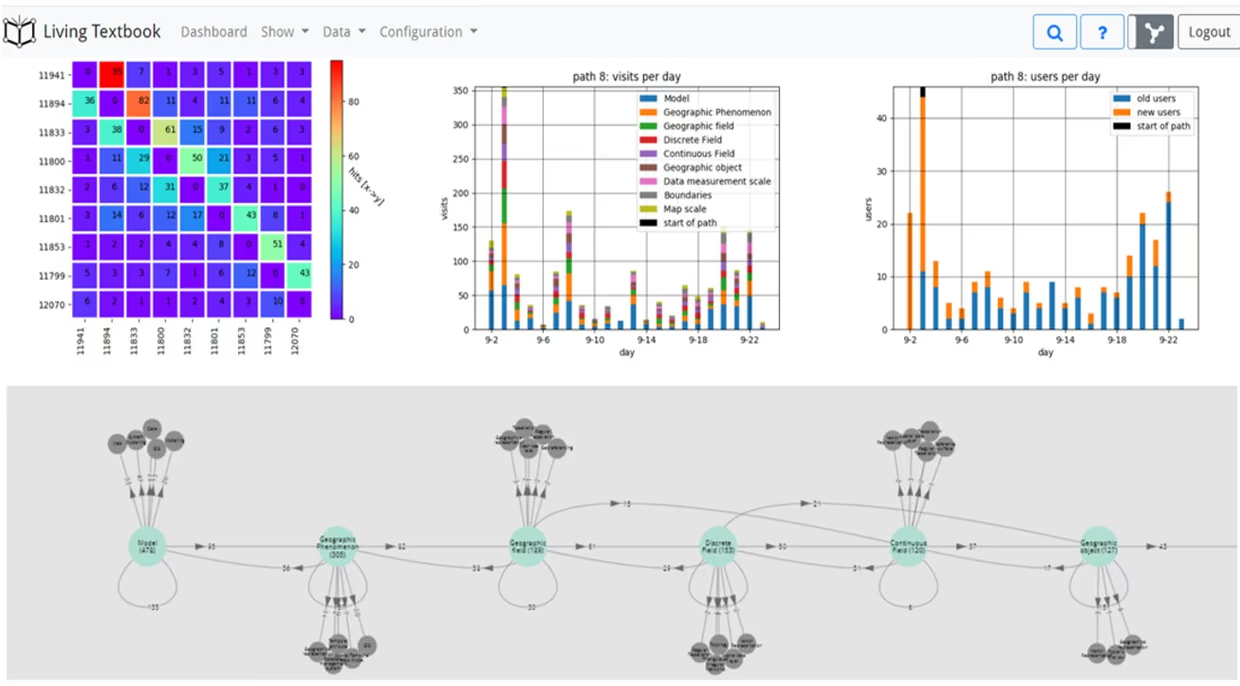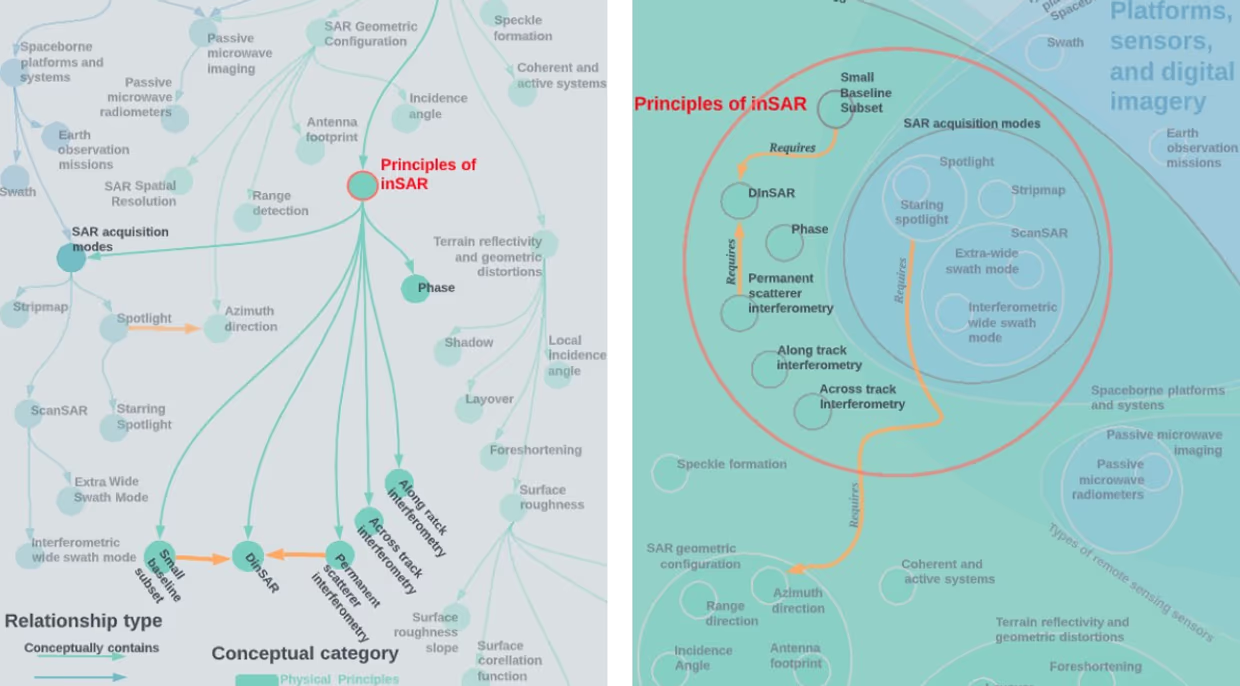In 2021, we launched the Living Textbook, a tool suitable for modern face-to-face education, distance education and for sharing knowledge via concept maps. The Living Textbook is a novel way to display content digitally. It combines the versatility of a wiki with the visual representation of concepts and their relationships. It allows experts to create a mind map of their domain and offers learners the freedom to explore concepts through their relationships. After a period of development with input from users and several applications in place, we are now taking the next step by making the software open source.
Open Source
‘Everyone is now able to improve and add things to our Living Textbook software’, says Rob Lemmens. He conducts research on ontologies and visualisation techniques and worked with colleagues, students and Drenso on the software for many years. ‘When we started this project back in 2017, we noticed that students frequently encounter difficulties structuring text and lose grip on Geo-information concepts and their relationships. We are really pleased with this step to make it available as open source. New functionalities that the community can add will bring this software to new heights and therefore lead to new and hopefully better ways to educate our students and share knowledge in projects.’ By making the Living Textbook open source we hope to follow in the footsteps of other successful open-source software like R, QGIS and teaching tools like Jupyter Notebook.
Living Textbook used in projects
The Living Textbook software is not just a digital textbook that is used to educate students at ITC. Over the last years, it became a main tool in large projects, also outside ITC and the University of Twente. Various professional groups, from different parts of the world, expressed their interest in the software. It is for example used by the EO4GEO project. This is a European project funded by the EU that makes tools for the labor market’, explains Lemmens.
Living Textbook as a frame of reference: 1000 concepts of the EO4GEO Body of Knowledge covering the domain of GI science and Earth Observation, available for tagging any document or resource.
Research is carried out on the visual cognition of users and learning analytics with Living Textbook user studies and on sharing Living Textbook open content by linked data on the web. Marc Olijslagers (KU Leuven) is one of the users of the software and is happy that the software and code are now open-source: ‘In the EO4GEO project, the Living Textbook provides a user-friendly way to edit and share the EO/GI Body of knowledge with colleagues, learners and across organizations. We are delighted that the Living Textbook is now open source because it will allow us to use it in more projects and we will be able to contribute to the further development of an already great tool.’
Now that the software code is publicly available, it can be used as a basis for e.g. educational developers, visual designers, and ontology engineers, to further develop tooling for their needs and to include sources of multi-media, dashboards, linked open data, bodies of knowledge, and more.
More information
This software is available on github (https://github.com/utwente/living-textbook). For more information on the Living Textbook, please contact Rob Lemmens via r.l.g.lemmens@utwente.nl.









